Is Sustainability in for the season or the future? Buildofy Talks to the Guardians to Discover their Secret
The showers extinguished the country's residents, simmered with a gamut of construction sites and its effects. In memory of Environment Day, Buildofy speaks to architects underscoring the importance of sustainability through designs.
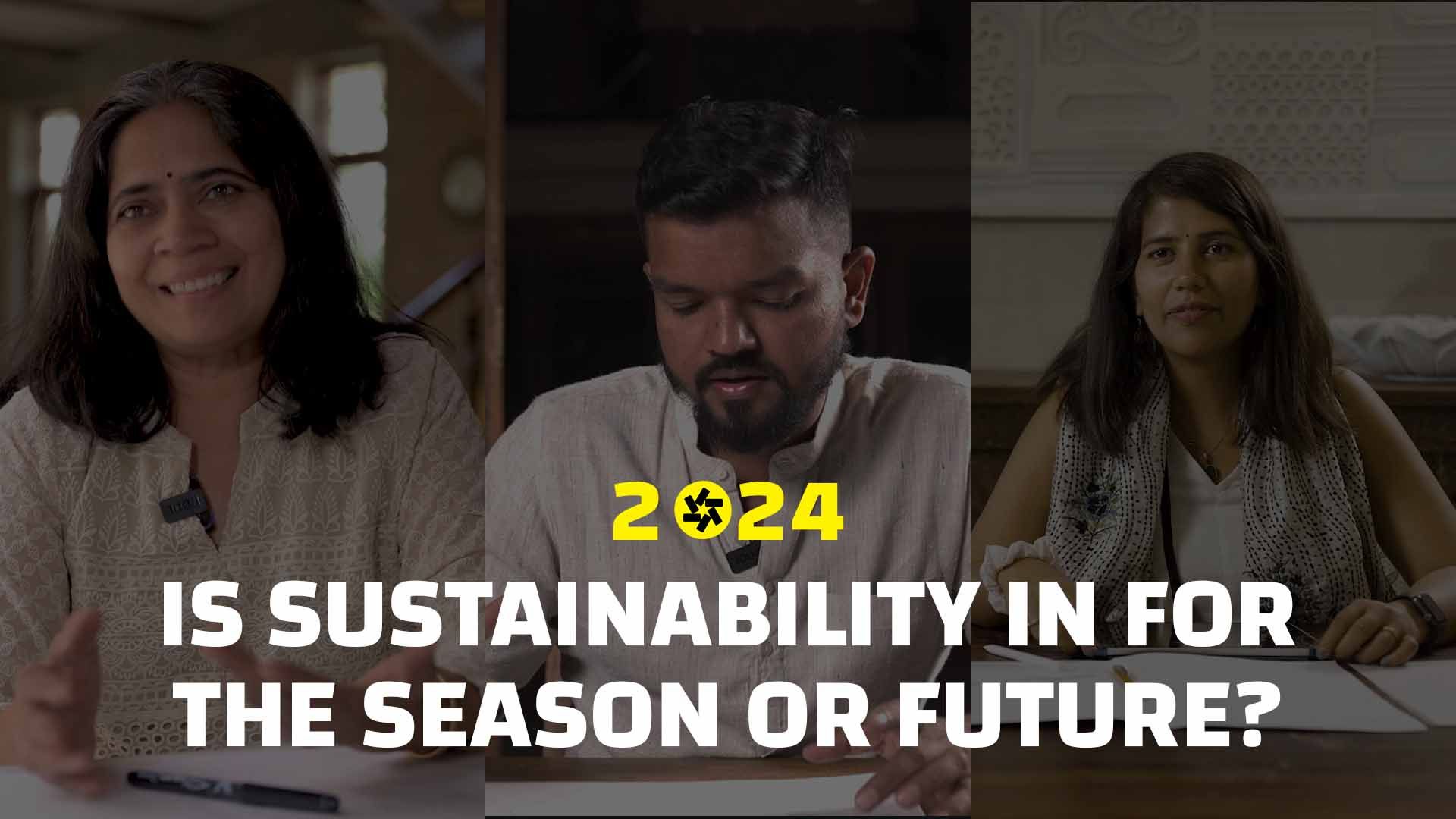
As a kid, summers meant a trip to Nani’s house, indulging in shaved ice on bicycles, and a cooling hop in the well with the susurrus of water and aquatic life. Nevertheless, growing up, these sacrosanct rituals were distorted to fit societal norms. Bicycles transformed into motorbikes, shaved ice transmuted to ice cream in air-conditioned shops, and the community wells desiccated. In 2023, a study exposed that summer temperatures over the northern hemisphere were 2.07°C higher than in the pre-industrial period (1850-1900). However, this year’s summer ensued bearing headlines about; deaths owing to the heat, the hottest summer in decades, and India’s capital recording its highest-ever temperature of 52.9°C. Rendering it an antihero in Gen Alpha’s story, this heat is a direct consequence of the loss of 2.3 million hectares of tree cover between 2001 and 2023, along with thousands of active construction sites.
As these heat stories transpire, a stroll through the sustainable shade of Buildofy’s memory lane exposes a series of homes that attenuate the soaring temperatures. Furthermore, to understand this frantic need for sustainability, Buildofy speaks to the custodians who are underscoring eco-consciousness in their projects.
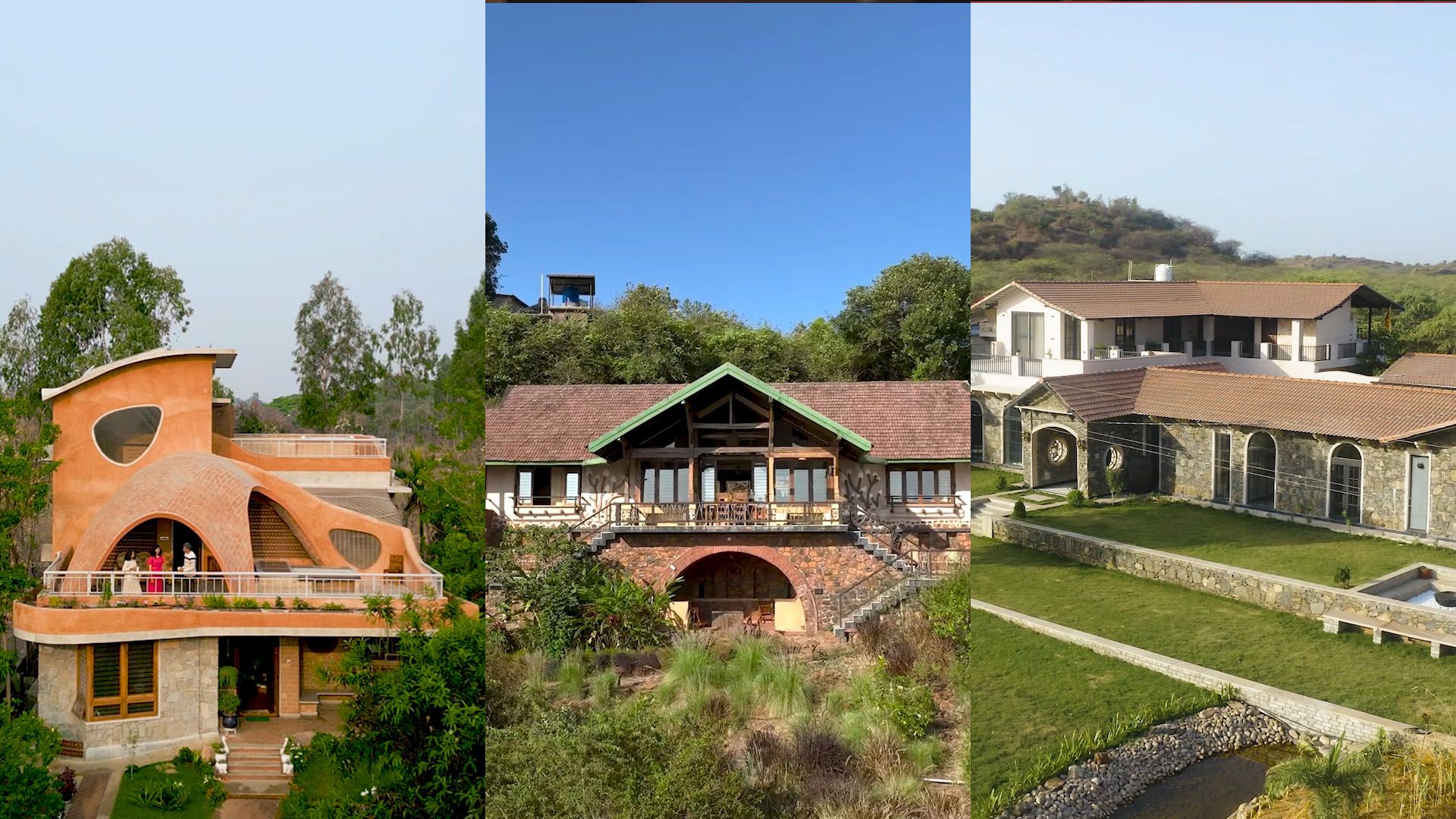
Sustainable Way of Life
Sustainability! What does it essentially mean? According to the UN World Commission on Environment and Development, “sustainable development is the development that meets the needs of the present without compromising the ability of future generations to meet their own needs.” Complying with this definition, an excursion back in time to revisit the OG engineers of the Harappan civilization, whose ingenuity steered an entire empire, becomes proof of the impact of architecture. “...The way natural materials are used for thousands of generations is the same. Nobody really invented (them),” Shardul Patil of Design Jatra reminisces.
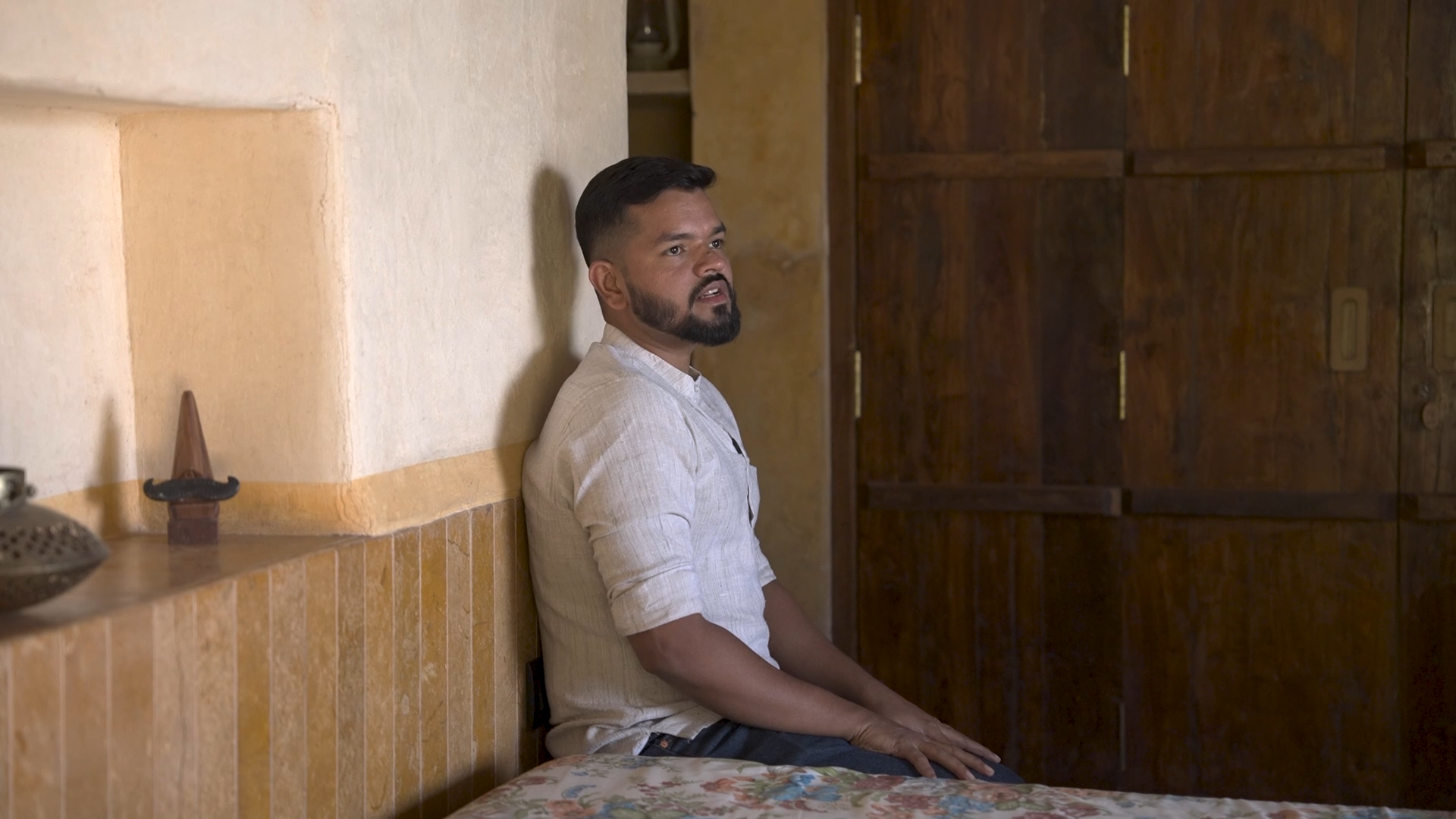
And so, it started! A period drama where the reigning characters brought a mélange of architectural styles, etching them on the country’s cultural heart with the aid of natural materials. From wooden structures during the Vedic period to rock-cut temples during the Medieval period, natural materials wrote love letters to the environment, preserving its limpidity and becoming an archetype of sustainability. “Our country has seen royalty like no other… nobody in the world has seen that kind of mansions or courts… and the buildings we had were all made of natural materials,” verifies Shreya Srivastava of Studio Shunya.
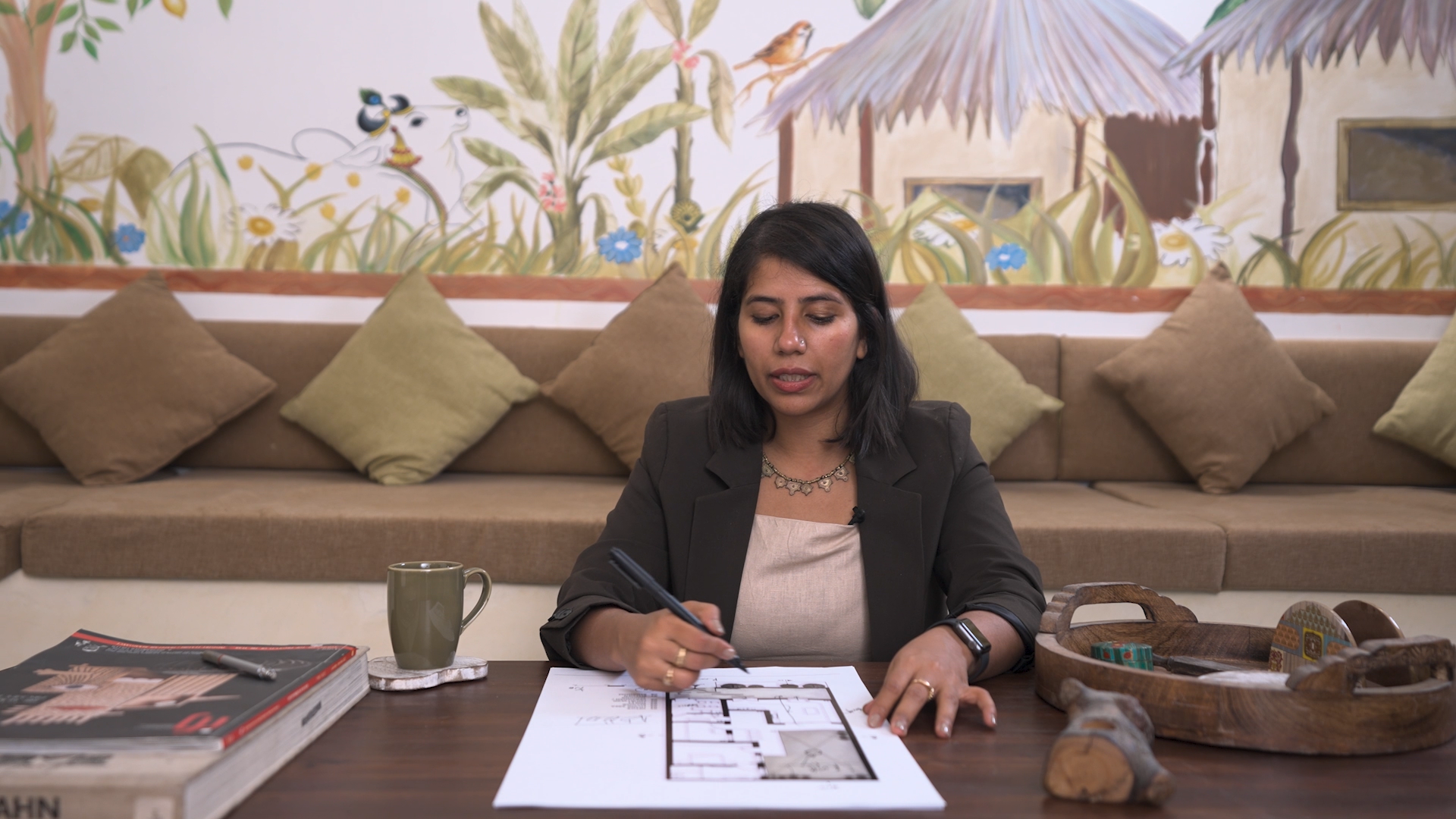
While the monarchy’s reign underscored the dialogue between the vignettes of architectural magnificence and nature, the British invasion infused existing assemblies with ambiguous European influences. With nature's consent,they also crafted nouveau buildings, using steel and natural stones, ensuing, in assemblies haloed with a sense of eco-consciousness. After independence, too, the vestiges of European influences persisted, spotlighting lesser-known eco-conscious practices of the western culture. However, an emulation process began, with the local and international architects incorporating; the traditional regional architecture, the conquerors elements and the British Raj’s westernization, leading to modernization. Nicknamed ‘modernist style,’ it emphasized a medley of styles with natural ventilation techniques, since artificial contraptions were yet a luxury.
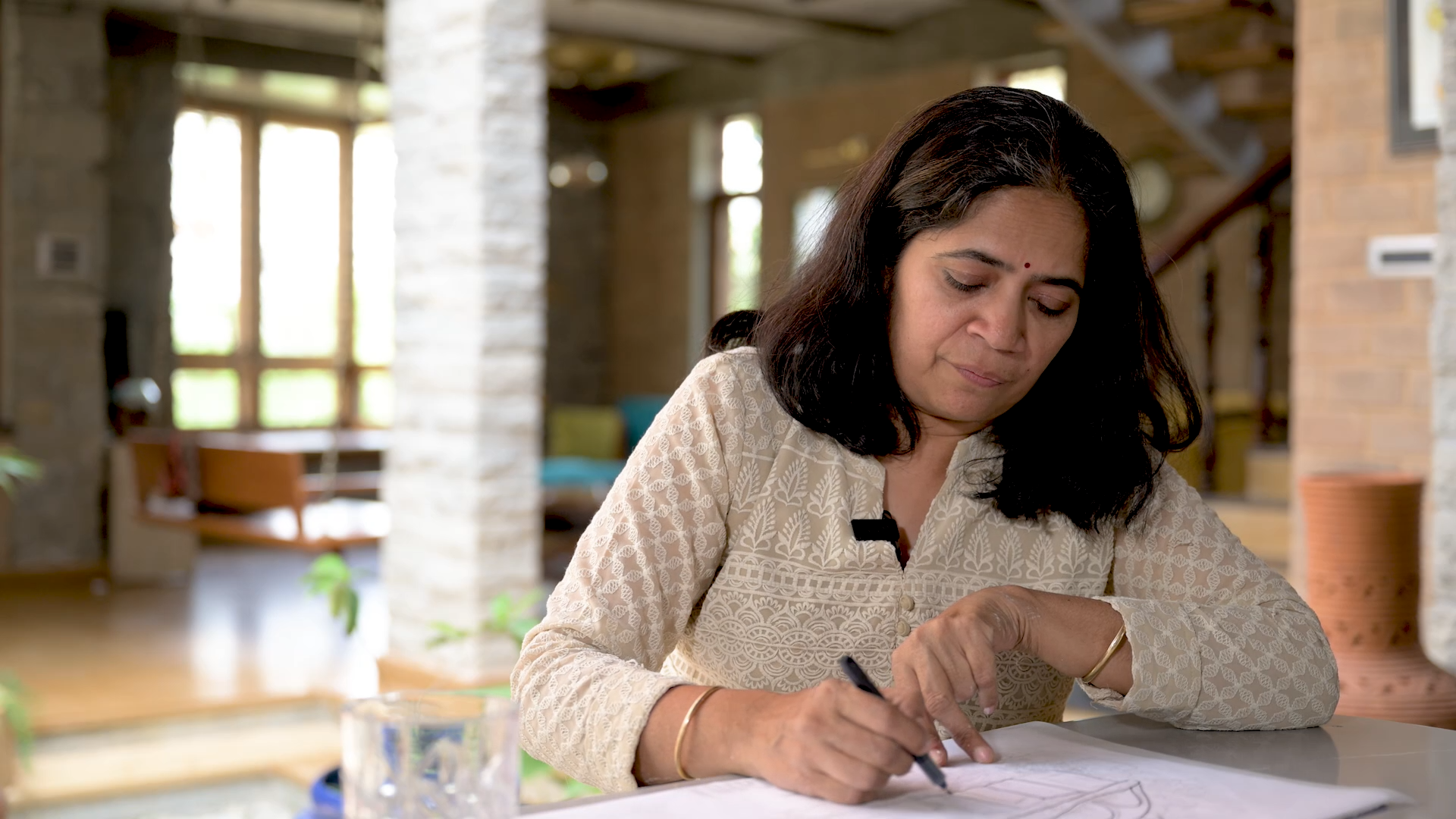
Modernist State of Mind
While architects adapted, they also altered the traits, to craft an architectural narrative where the edifices delivered a soliloquy, ignoring their surroundings completely. “Historically, there is this trail of reinvention; at some point, people were building with one material, then they shifted to another, and this was natural material or modifications of the existing. People stopped doing that after cementing,” Shardul reveals. The assemblies multiplied without paying heed to any kind of natural context or urban planning, in the process fashioning a labyrinth of artificial neighbourhoods. Pursuing the altered modernism trends, the ingenious edifices with traditional passive cooling techniques turned to boxes becoming a perfect recipe for the obliteration of Mother Nature. “Over there (in Palghar), what we realized was people were building cement and steel structures when it was not required,” Shardul explains, describing the ideologies of his practice based on conserving the traditional. He adds, “There was this huge heritage of sustainable, ecologically sound traditional houses which was being lost because of this ingress of so-called modern materials.”
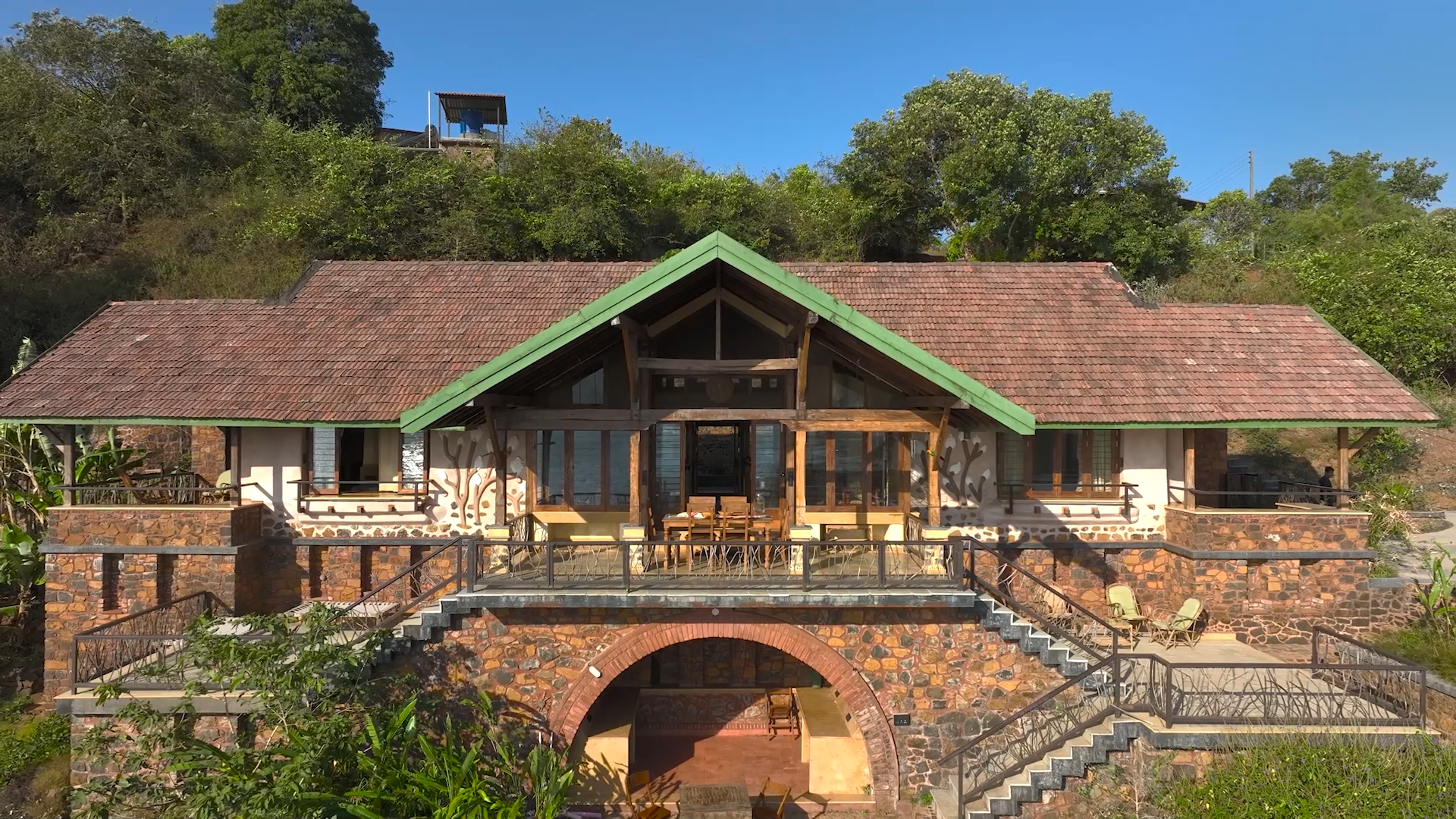
My foremost encounter with this trend of tall towers arose during a recent expedition to my school. A barren field that once lay empty with a view of my school, is now crowded with tall buildings. These atrocious assemblies peaked, as a result of the easy accessibility to the artificial cooling contraptions, with no relationship with its ecology and no vestiges of ventilation techniques; except for windows and balconies, torment the natural ecology. To balance the atrocious mindless development, nature retaliates in the form of heat waves, unseasonal rains, resulting in waterlogging, famines, reduced groundwater tables, soil erosion, and loss of biodiversity. “The Urban Heat Island effect is a real thing,” Shreya confirms, commenting on the current affairs of fabrication in the country, especially in Mumbai.
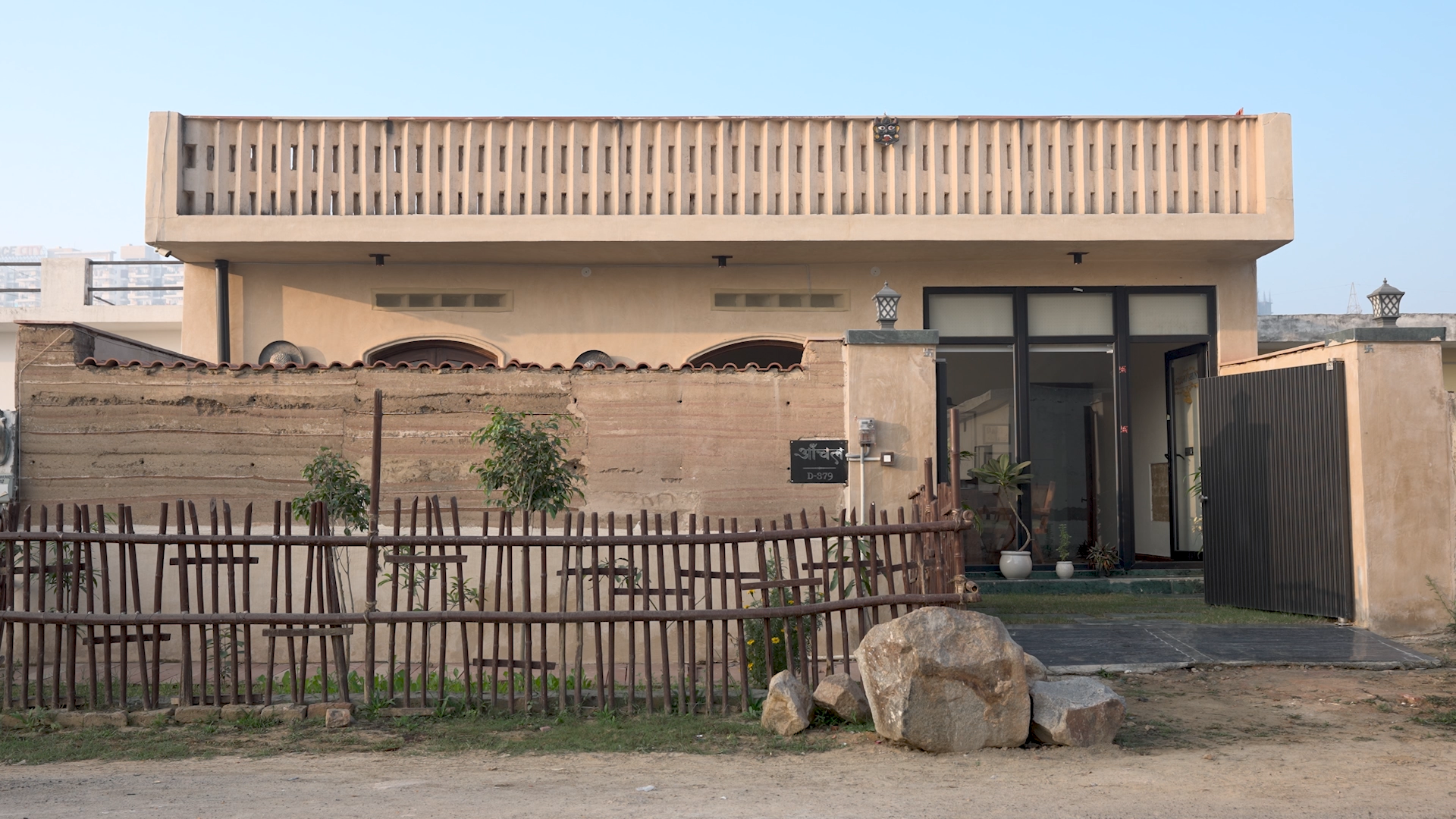
As cities incinerate in the calefaction of vacuously planned structures, inculcating no natural ventilation technique, the heat is trapped in its crevices with no way of escape. “The way we used concrete when it came to India versus the way we use it now is very different,” Shardul tells me. He adds “I am not saying that cement is a bad thing. It is required in certain situations. For example, in an earthquake-prone zone, if you don't want to use timber, you can use a lintel band. As a practice, we are not against cement or steel.” Shreya reveals “(This) cement came into this world about 60 years ago, with proper propaganda, it had a story and political things.” With the use of high thermal mass materials and an introvert design, summers are scalding the residents. Shreya expresses, “It is so bad in Delhi, like when I'm at my home which is made of RCC I cannot live even a second without AC,” implying that her eco-conscious office is much cooler. Nicknamed ‘Mud Showcase House’, her office cum stayover, thoughtfully integrates cross ventilation and an open-to-sky courtyard that are the oldest techniques for natural ventilation. “I think it’s mostly a lack of awareness, and even though people are aware, they are not aware of the whole picture, how it works,” reveals Jaya Rayaprolu of Design Harmony.
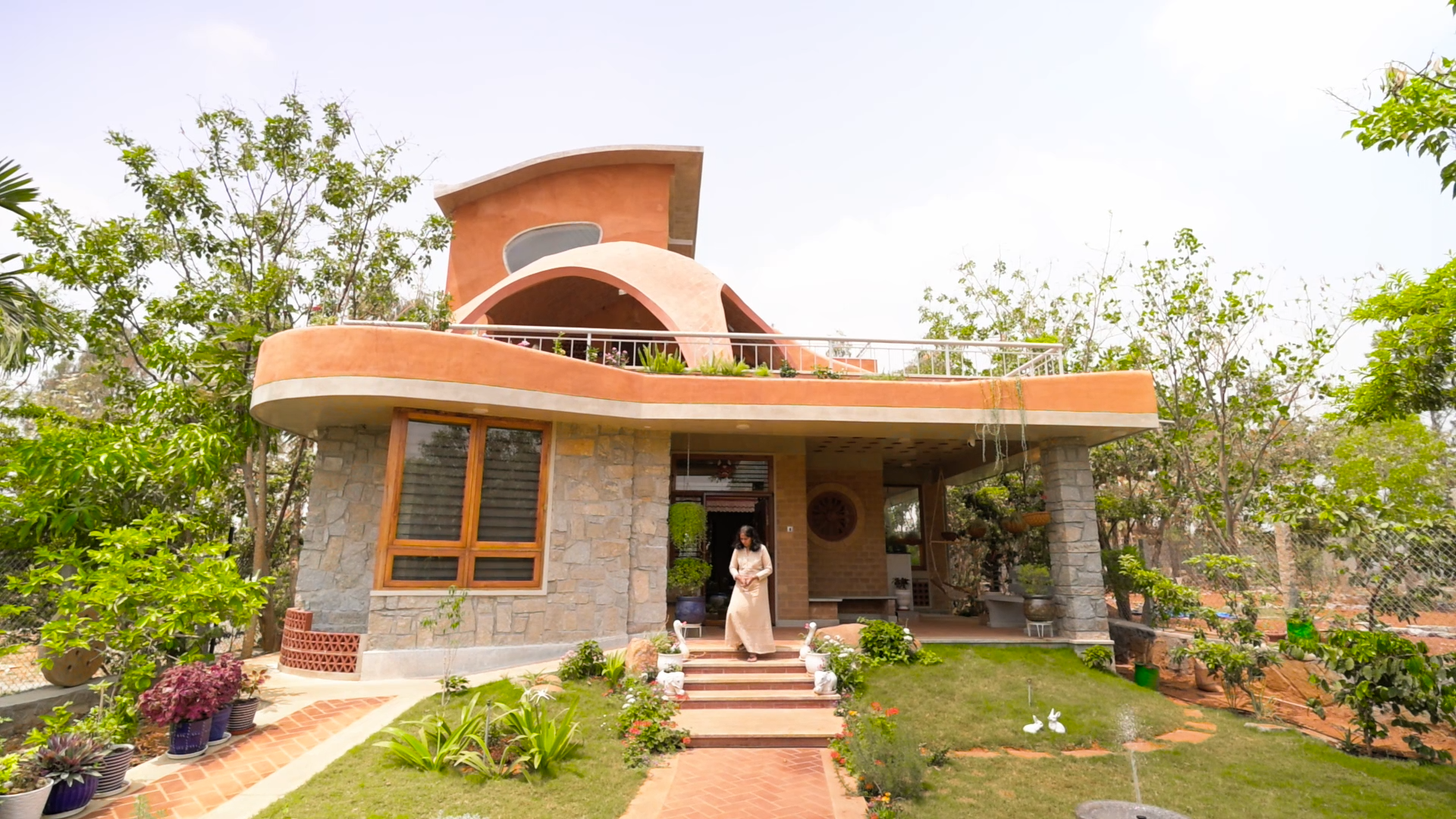
But, before all this glaikit, venal hedonism, India with its multicultural ethnicity and regionalism, exhibited a gamut of homes crafted considering the climate and context that perfectly harmonized with the ecological surroundings. Regionalism was seen in architecture with; Bhungas in Bhuj, Koti Banal in Uttarkashi, Chuttillu in Visakhapatnam and many more homes crafted from all things natural in an ode to nature. “And the humans had traditions to give back nature what they took from it. For example, in our district, if one would build a structure, they would plant a tree in their backyard, so their future generations can have enough wood. That was a part of the building process,” Shardul enlightens. He adds, “There was a festival which was celebrated, when the roof was put, that time you just plant all the trees you've taken from the forest.”
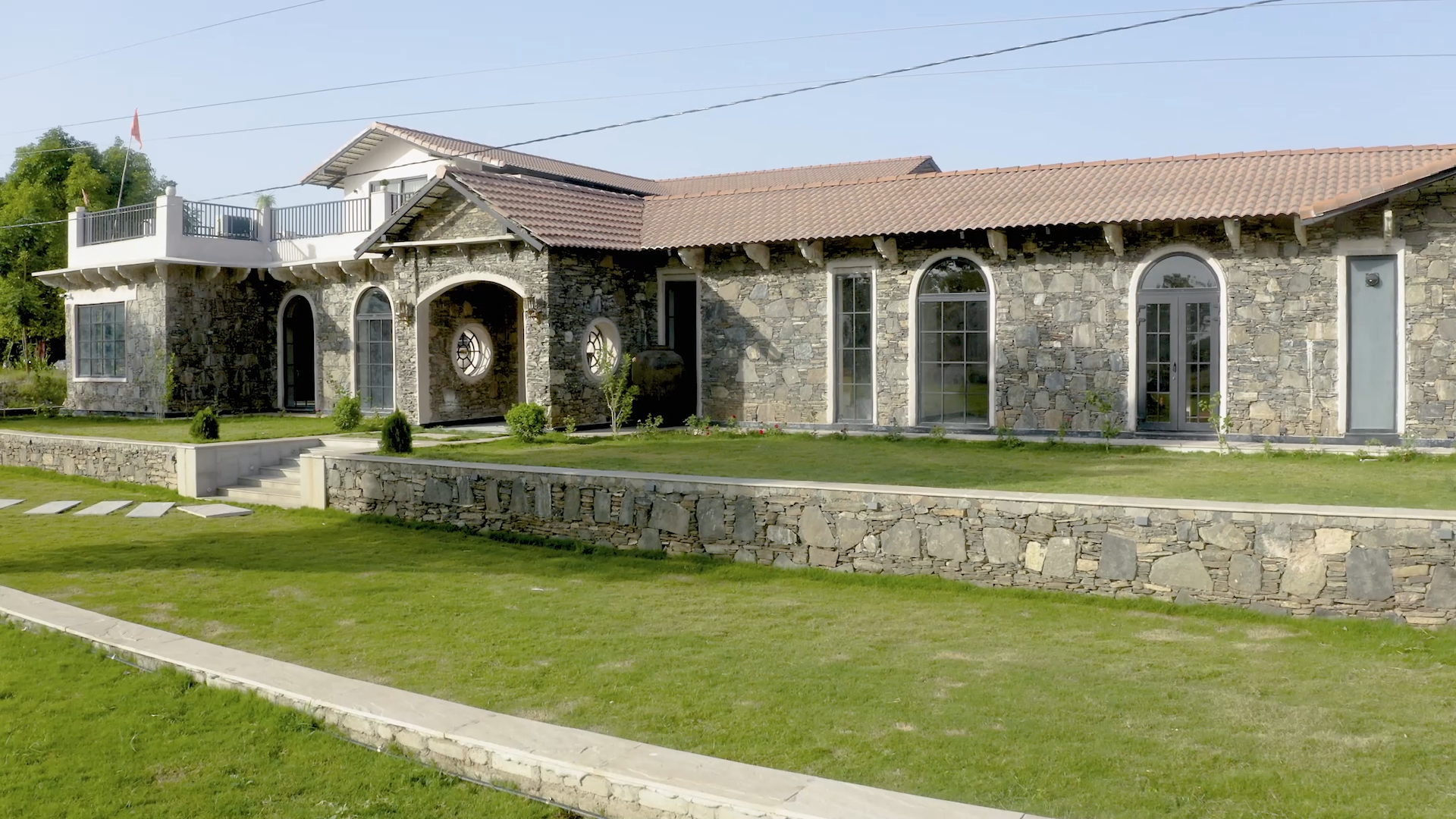
Evoking the Weapon of Eco-consciousness Again
As eco-consciousness melted into the heat of the thoughtlessly planned assemblies, leaving carbon footprints throughout the country by spreading its wanton, dark talons across the velvet green blanket, traditional architectural techniques lost their charm. While this chaos unfurls, cutting off the dialogue; of the cities with their traditional design techniques and the natural ecology. However, nature’s beguilement with maintaining the balance kicks in, featuring its custodians amidst the mundane designs that are trapping heat. “To be more in alignment with nature… as end results, we are more in alignment with the principles of nature. So, the whole space that we are creating actually helps us to become more… more transformative and rooted experience,” Jaya explains.
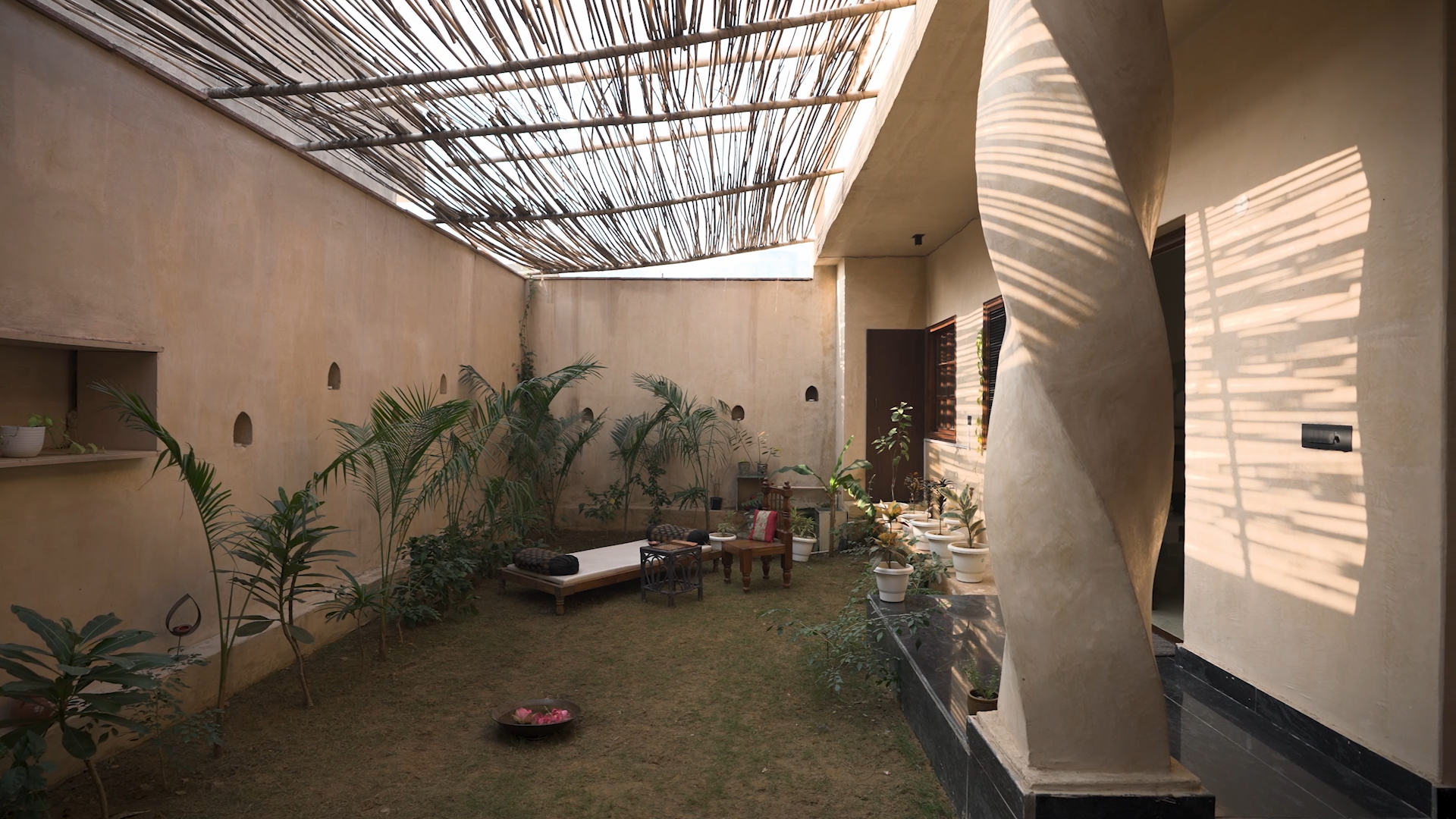
On its journey through the scenic nooks of India, Buildofy discovered custodians steadfastly contributing to reversing the misdemeanours of modern-day planning without taking nature’s consent. Jaya Rayaprolu of Design Harmony bases her practice on “the love for nature and a sense of responsibility towards it... led me to think, why can't we do it more minimally, and be responsible from our end?” In the gullies of Gurugram stands a conventional home entirely crafted from mud by Shreya Srivastava of Studio Shunya. Her practice involves experimenting with natural materials and crafting robust structures. “...on-site I realized, if I just change the angle... or do a bit more research I can make it look prettier,” she explains. “We are just trying to come back to it (natural materials), I don’t think it’s anything new we are making.”
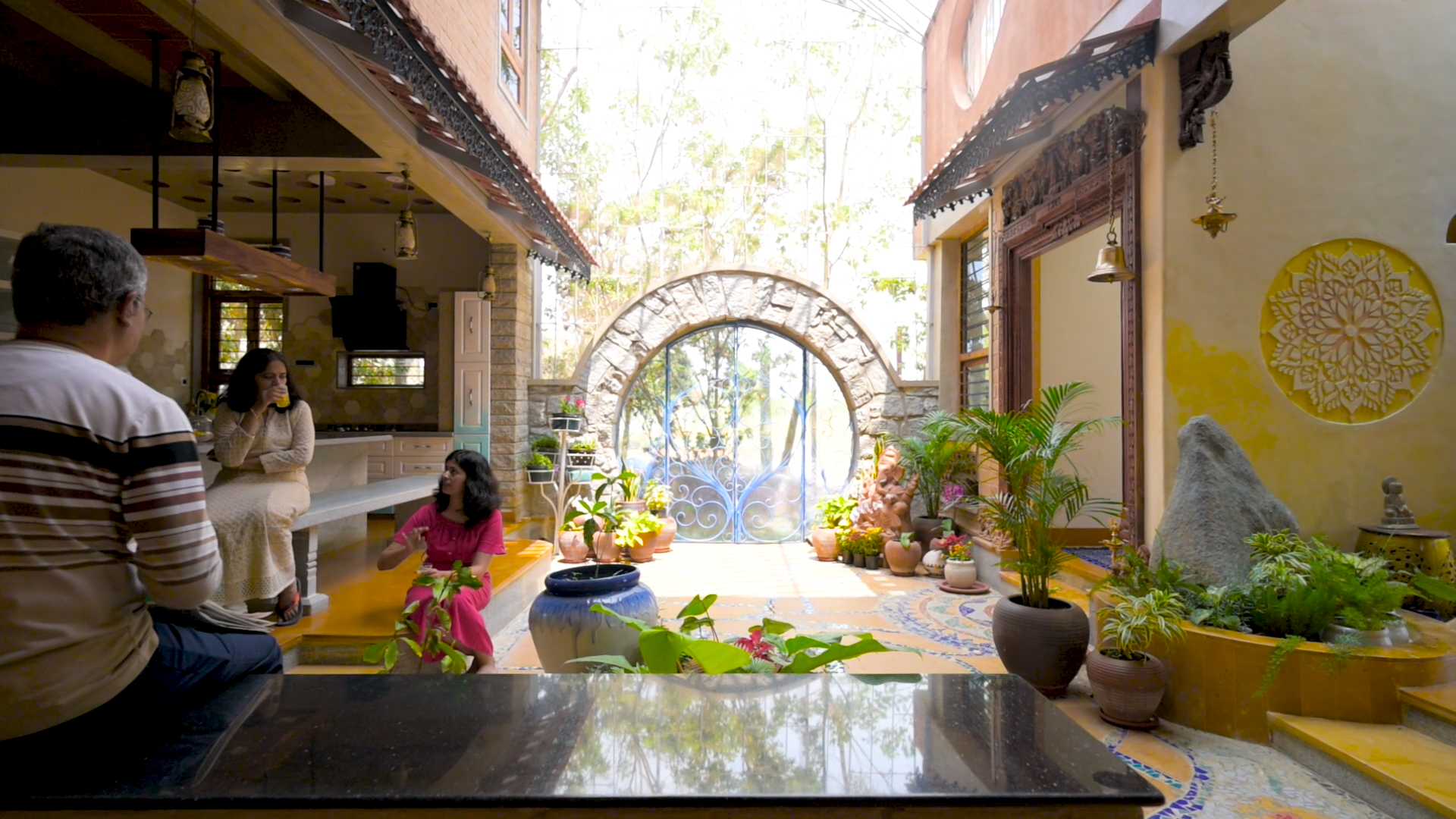
In rural parts of the country, Design Jatra is making moves to preserve all things local. Shardul Patil tells us, “The focus was not on sustainability so much as it was to preserve our traditional knowledge, which was sustainable at its core.”
Stacking spaces and crafting introverted homes, notoriety was assumed to be owing to its fast-paced ability to follow trends and accommodate multiples while maintaining their privacy;resulting in loss of sense of community. However, the guardians of sustainability speak about the time and space taken to curate a less harmful project. “Sustainable construction would not take … 20-30% more time than regular construction. If you do it more efficiently, the overall timeline could also very well match,” reveals Jaya.
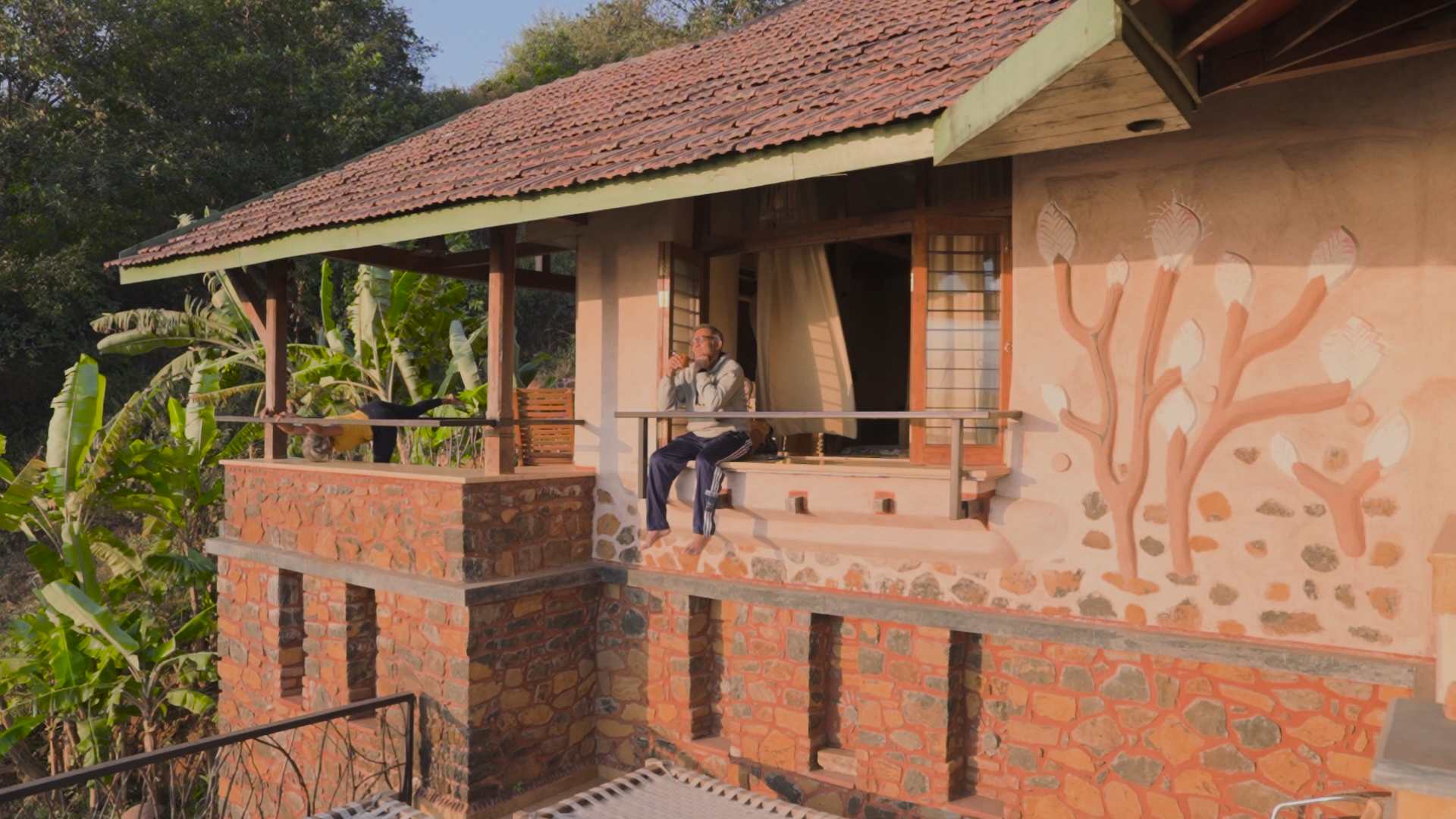
“We train local labourers who have never worked with mud or lime, who don’t know the features of cow dung... and it doesn’t take that much time because it's very intuitive as a material,” rationalizes Shreya. ‘Organic is expensive’ is a common myth spawned by organic veggies, but for construction, “it can be way cheaper,” she adds. Shreya explains, “In the market, it's all about demand and supply, and as soon as we have demand for this material, things are going to be way cheaper.”
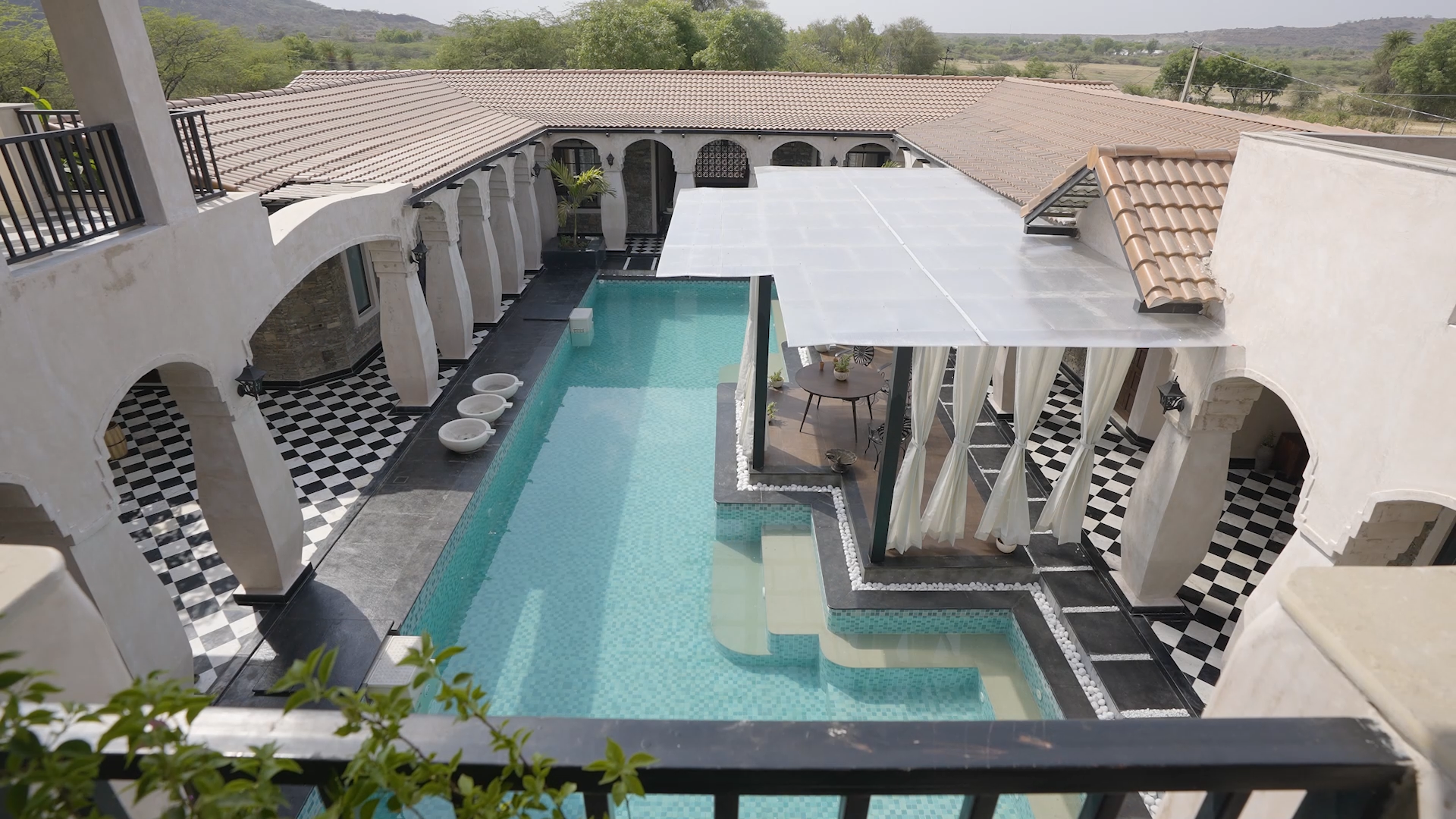
With the mindless stacking system going mainstream, the traditional homes with their ingenuity have become amorphous. “Even the government keeps calling these homes 'kaccha homes.' The houses that my partner and I live in the village are technically 'kaccha' because they are made out of mud,” Shardul tells us. To preserve traditions, they asked people, “Don't demolish your natural material houses." They (the people) would share, "But if I have to maintain this wall, I need bamboo from the forest. There is no bamboo in the forest. Why is there no bamboo in the forest? Because the groundwater is depleted. Because people are drilling a lot of borewells. Why are there so many borewells? Because people aspire to have pumped water. So, every problem led to another, and we realized that material and architecture are probably the 10th problem that people think about.”
In conclusion, these guardians of the environment are bequeathing a legacy that can make a difference in the space age. “It’s not just about what you do right now... as architects, our responsibility is way bigger. We are directly affecting the climate every day, with every move that we make,” Shreya explains. Jaya adds, “It is not easy because there are challenges, there will be people who will not accept, who will question. But if you have the conviction, we will prove that the approach is right.”
Frank Lloyd Wright perfectly articulated, “Buildings, too, are children of Earth and Sun.”
To watch the complete home tour, peruse the drawings in detail, and browse additional photographs, visit Buildofy. While there, don’t miss out on the other impressive sustainable homes across India.
